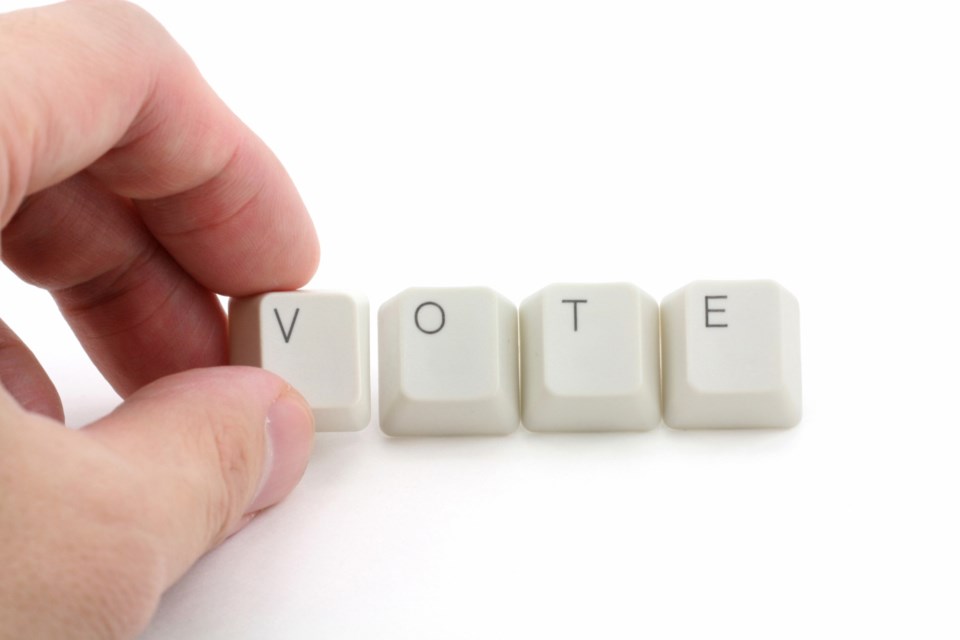While it's going to cost more, it looks like voters in Greater Sudbury will have a choice in the 2022 election: paper ballot or online.
A report headed to city council April 9 says the combined option will add about $600,000 to election costs next time round. By comparison, the bid for the Internet only vote was about $300,000 in 2018, which would bring the cost of the election to about $900,000 in 2022.
The combined option is the one staff is recommending, despite the higher costs. That's because a problem with the Internet provider in 2018 caused voting to slow to a crawl, forcing the election to be extended for a second day.
“Staff recognize that a segment of the electorate prefers the traditional method of attending voting locations and using paper ballots,” the report says. “In 2014, the city successfully used the combined methods of electronic voting and paper ballots with tabulators.”
While recommending the combined option, the report says 81.79 per cent of ballots cast (42,602) in the 2018 vote were done online, compared to 11.62 per cent (6,050) of votes cast at voting locations on election day.
Feedback they received from residents indicated online voting is popular, and is a trend among Ontario municipalities.
“The issues with the electronic voting platform on the evening of Oct. 22, 2018, marred an otherwise mostly positive experience,” the report said. “In the 2018 municipal and school board elections, 178 municipalities used an electronic method of vote, which is 84 more than the previous election.”
The report also recommended Greater Sudbury not adopt ranked balloting, something the province is allowing municipalities to do if they choose for mayoral and city council elections only.
Ranked ballots allow voters to select their first, second, third, etc., choices for city council. If any one person receives 50 per cent of the vote, they win. If not, the candidate with the fewest votes is eliminated. At that point, that candidate's ballots are redistributed according to voters' second choice. The process repeats itself until a candidate is declared the winner.
The report recommends against the new voting method for a few reasons. For one, the only city that tried ranked ballots in 2018 – London – saw their election costs double as a result.
And because it's such a major change, it's likely to confuse a lot of electors and require a lot of education to ensure the public understands it.
“Ranked balloting is a new concept that may be confusing to experienced and new voters alike,” the report says. “As such, extensive resources would need to be dedicated to support public engagement and education initiatives to ensure that voters are aware of the changes and comfortable with voting in a ranked ballot election.”
And tabulators would have to be changed so they can count city council and school board elections in different ways. Read the full report here.
